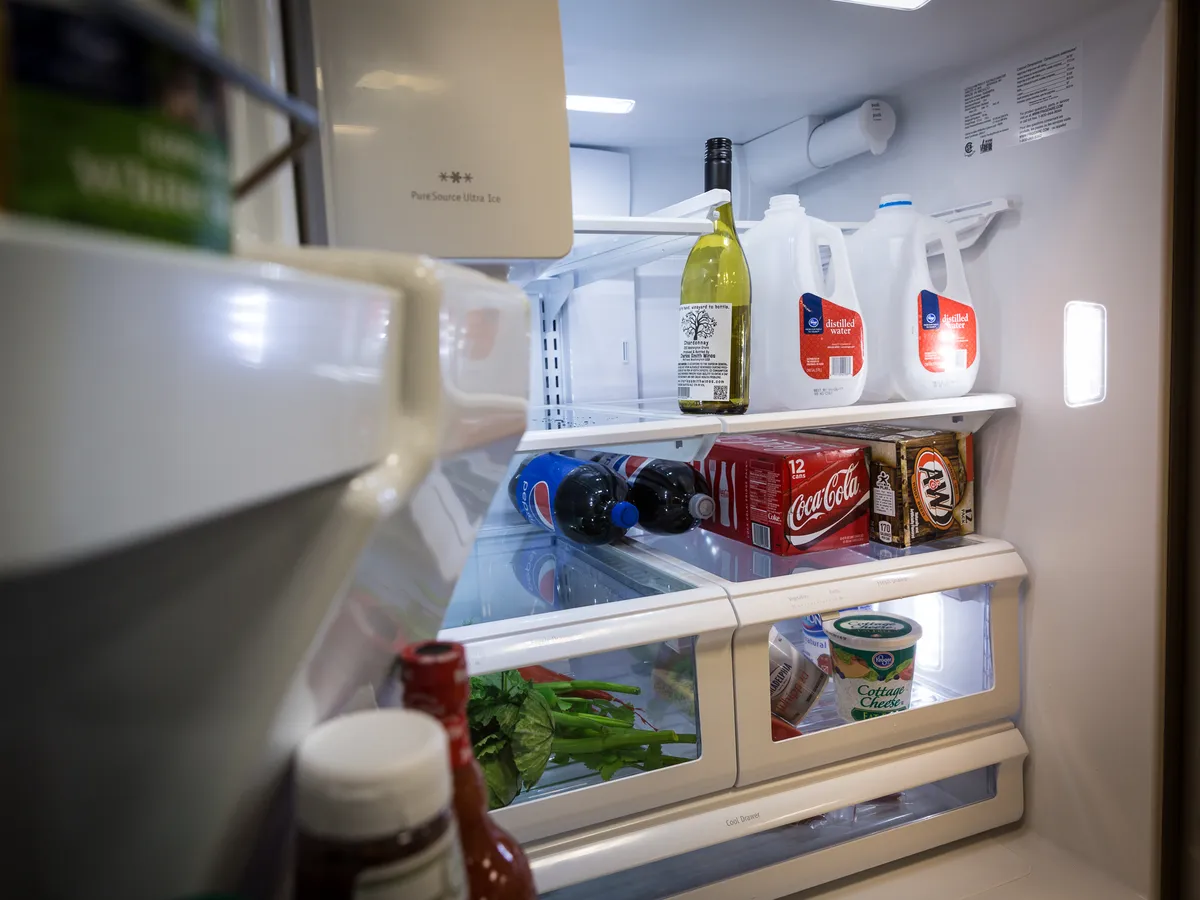The grocery and food shop industry has undergone significant transformations over the past few decades. These changes are driven by advancements in technology, evolving consumer preferences, and increased awareness about sustainability. One of the pivotal innovations contributing to the modernization of grocery stores is the introduction of the open fridge. This article explores the various facets of the grocery industry and delves into how open fridges play a crucial role in keeping food fresh, enhancing customer experience, and promoting sustainability.
The Modern Grocery Store: A Paradigm Shift
The traditional grocery store was once a place where customers would walk down narrow aisles filled with canned goods and non-perishable items. Fresh produce, dairy, and meat were often relegated to the back of the store or confined to limited refrigerated sections. Today, the modern grocery store is a bustling marketplace designed to cater to diverse consumer needs, emphasizing fresh, high-quality, and often organic products.
This shift is fueled by a growing consumer demand for healthier food options and greater transparency about food sourcing. Shoppers today are more health-conscious, seeking out fresh fruits, vegetables, and minimally processed foods. They also want to know where their food comes from and how it is stored, leading to increased interest in sustainable and ethical food practices.
Technological Advancements in Food Storage
One of the most notable technological advancements in the grocery industry is the development and widespread adoption of the open fridge. Unlike traditional closed refrigeration units, open fridges are designed to provide easy access to products while maintaining optimal temperature and humidity levels. This innovation not only keeps food fresh for longer periods but also enhances the shopping experience by allowing customers to easily see and reach for products.
The Science Behind Open Fridges
Open fridges operate on advanced cooling technologies that ensure consistent temperature control. They are typically designed with air curtains—streams of cold air that flow across the open face of the fridge to create a barrier between the cold interior and the warmer external environment. This air curtain technology helps maintain a stable temperature within the fridge, minimizing the risk of spoilage and ensuring that perishable items like dairy, meat, and fresh produce remain fresh and safe to consume.
Furthermore, open fridges are equipped with sophisticated humidity control systems. Proper humidity levels are crucial for preserving the quality of fresh produce. Too much humidity can lead to mold growth, while too little can cause fruits and vegetables to dry out and lose their freshness. By maintaining the right balance of temperature and humidity, open fridges play a vital role in extending the shelf life of fresh products.
Enhancing the Customer Experience
In addition to their technical benefits, open fridges significantly enhance the customer shopping experience. In a competitive grocery market, providing convenience and ease of access to products can be a key differentiator. Open fridges allow customers to quickly locate and grab the items they need without the hassle of opening and closing refrigerator doors. This seamless shopping experience can lead to increased customer satisfaction and loyalty.
Moreover, the visibility offered by open fridges encourages impulse purchases. When customers can easily see fresh and appealing products, they are more likely to make spontaneous buying decisions. This can boost sales of high-margin perishable items, contributing to the overall profitability of the store.
Sustainability and Energy Efficiency
While the convenience and visibility of open fridges are undeniable, concerns about energy consumption and environmental impact have prompted the industry to innovate further. Modern open fridges are designed with energy efficiency in mind. Advanced insulation materials, energy-efficient compressors, and smart temperature control systems ensure that these units consume less energy compared to older models.
Additionally, many open fridges are now equipped with eco-friendly refrigerants that have lower global warming potential (GWP) compared to traditional refrigerants. This shift aligns with the grocery industry’s broader efforts to reduce its carbon footprint and promote sustainable practices.
The Role of Open Fridges in Reducing Food Waste
Food waste is a pressing issue globally, with significant environmental, economic, and social implications. Grocery stores play a crucial role in addressing this challenge by ensuring that the food they sell remains fresh and consumable for as long as possible. Open fridges contribute to this goal by providing optimal storage conditions for perishable items.
By maintaining consistent temperature and humidity levels, open fridges help prevent spoilage and extend the shelf life of fresh produce, dairy, and meat products. This not only reduces the amount of food that goes to waste but also ensures that customers receive high-quality products. Reducing food waste is not only beneficial for the environment but also for the bottom line of grocery stores, as it minimizes losses and maximizes profitability.
The Future of Open Fridges in Grocery Stores
As technology continues to evolve, the future of open fridges looks promising. Innovations such as smart sensors, Internet of Things (IoT) integration, and artificial intelligence (AI) are poised to further enhance the functionality and efficiency of these refrigeration units. For example, smart sensors can monitor temperature and humidity levels in real-time, providing alerts and automated adjustments to ensure optimal storage conditions. IoT integration can enable remote monitoring and management of refrigeration units, allowing store managers to identify and address issues promptly.
AI-powered analytics can also play a role in predicting demand and optimizing inventory management. By analyzing data on customer buying patterns and seasonal trends, grocery stores can better plan their stock levels, reducing the risk of overstocking or understocking perishable items. This not only improves the efficiency of the supply chain but also contributes to reducing food waste.
Conclusion
The grocery and food shop industry is undergoing a transformative journey, driven by changing consumer preferences, technological advancements, and a heightened focus on sustainability. Open fridges have emerged as a critical solution in this evolving landscape, offering a range of benefits from keeping food fresh to enhancing customer experience and promoting energy efficiency.
By maintaining optimal temperature and humidity levels, open fridges ensure that perishable items remain fresh and safe for consumption, reducing food waste and supporting the industry’s sustainability goals. Moreover, the convenience and visibility provided by open fridges enhance the shopping experience, encouraging impulse purchases and boosting sales.
As the industry continues to innovate, the future of open fridges looks bright, with emerging technologies poised to further improve their efficiency and functionality. Ultimately, open fridges represent a significant step forward in the modernization of grocery stores, aligning with the industry’s commitment to delivering fresh, high-quality products to consumers while promoting sustainable practices.
In conclusion, the adoption of open fridges in the grocery and food shop industry is a testament to the sector’s dedication to meeting the evolving needs of consumers and addressing the pressing challenges of food waste and sustainability. As these innovations continue to evolve, they will undoubtedly play a pivotal role in shaping the future of grocery shopping, ensuring that fresh, high-quality food remains accessible to all.




